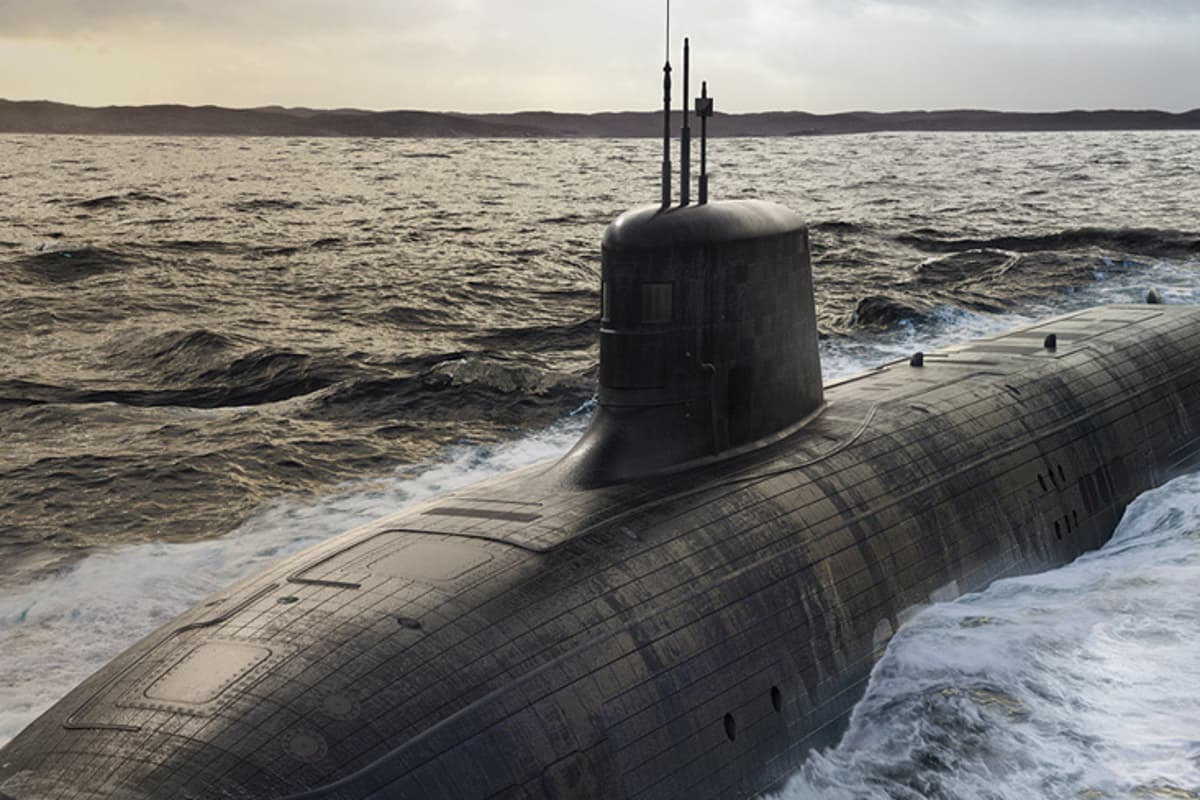Please tell us more about the "bloat factor."...
By 'bloat factor', I meant the seemingly irresistible temptation to keep adding on more and more 'capabilities' to each requirement. And, of course, that 'bloat' is on top of DND requirement that are already larded-up with whatever is trendy in the CANSEC brochures
du jour. (This what Jim Dorschner - IHS Janes, Rotorhub, Defence Helicopter, etc. - used to refer to as 'gold plating'.) To be fair to NDHQ, some of the bloat come from a fear that no similar procurement opportunity may ever occur again. To that, I would say: 'Sit boldly behind that procurement desk!'
It may be OT but the CC295
Kingfisher you mention is a perfect example of how brainless DND procurement can be. It starts with a plan to replace the aging CC115
Buffalo fleet for fixed-wing search-and-rescue on the West Coast (with seasonal deployments to the Arctic). Seems straightforward. The
Buffalo had been shunted over to FWSAR because the Air Force didn't want the CC115 as a tactical transport. Easy-peasy. Now, do you assess the desired features for FWSAR? Or do you just replicate the features of the tactical transport that you didn't want in the first place? (No prizes for guessing which option the Directorate of Air Requirements chose.)
Then, the 'bloat factor' really begins. First, decide that the CC115 was actually never big enough for ... oh, everything. [1] Then, announce that the new aircraft must have a pressurized fuselage (shirt-sleeve cockpit environment - yea!). Then, demand all those modern sensors which you've always insisted could not be afforded for CC115s. Penultimately, tack on a secondary role of longer-range FWSAR to take pressure off of the aging CC130H fleet. Finally, waffle on about possible tactical transport roles (!) and whether Canada needs six, 14, 15, 17, or 20-to-24 new FWSAR aircraft. Okay, excellent. We've got that FWSAR requirement narrowed right down now.
Some tedious dates:
2002 'project identification phase';
March 2004 - FWSAR Project launched (Martin Cabinet);
April 2004 - FWSAR 'fast-tracked';
2005 (or early 2006) - first deliveries expected;
2006 - FWSAR PMO dissolved (due to C-27J-skewed spec);
2007 - DND again advocates sole-sourcing C-27J;
July 2009 - 17 x FWSAR promised (by Harper
et al);
2015 - expected FWSAR IOC;
Sept 2015 - FWSAR RfP;
2017 - expected FWSAR IOC;
2018 - expected FWSAR IOC;
2020 - expected FWSAR close-out;
2023 - FWSAR final delivery.
Okay, so that didn't happen either. The first CC295
Kingfisher didn't arrive until Autumn of 2020. And the full IOC for the CC295 fleet has now been delayed until 2025-26. Filling in for the
Kingfisher fleet will be (... wait for it ...) the
Hercules of 435 TRS - the very CC-130Hs that FWSAR was supposed to take the pressure off of 20 years!
Summing up, both wandering specs and later bloat occurred because NDHQ 'definition phases' are, ironically, able to successfully avoid any firm definitions. Instead, most project definitions turn into meandering wish lists. All of this is the result of flabby thinking. As
GK Dundas has suggested, both the GoC and NDHQ bear responsibility for allowing this. And, at risk of sounding naïve, I still believe that it is fixable. Perhaps 'Plain Language' legislation (rather than guidelines) might be a start?
Apologies for the length of this OT sideline. And now back to submarines ...
______________________________________________________
[1] This despite the initial requirement demanding good manoeuvrability within the fjords of BC.



